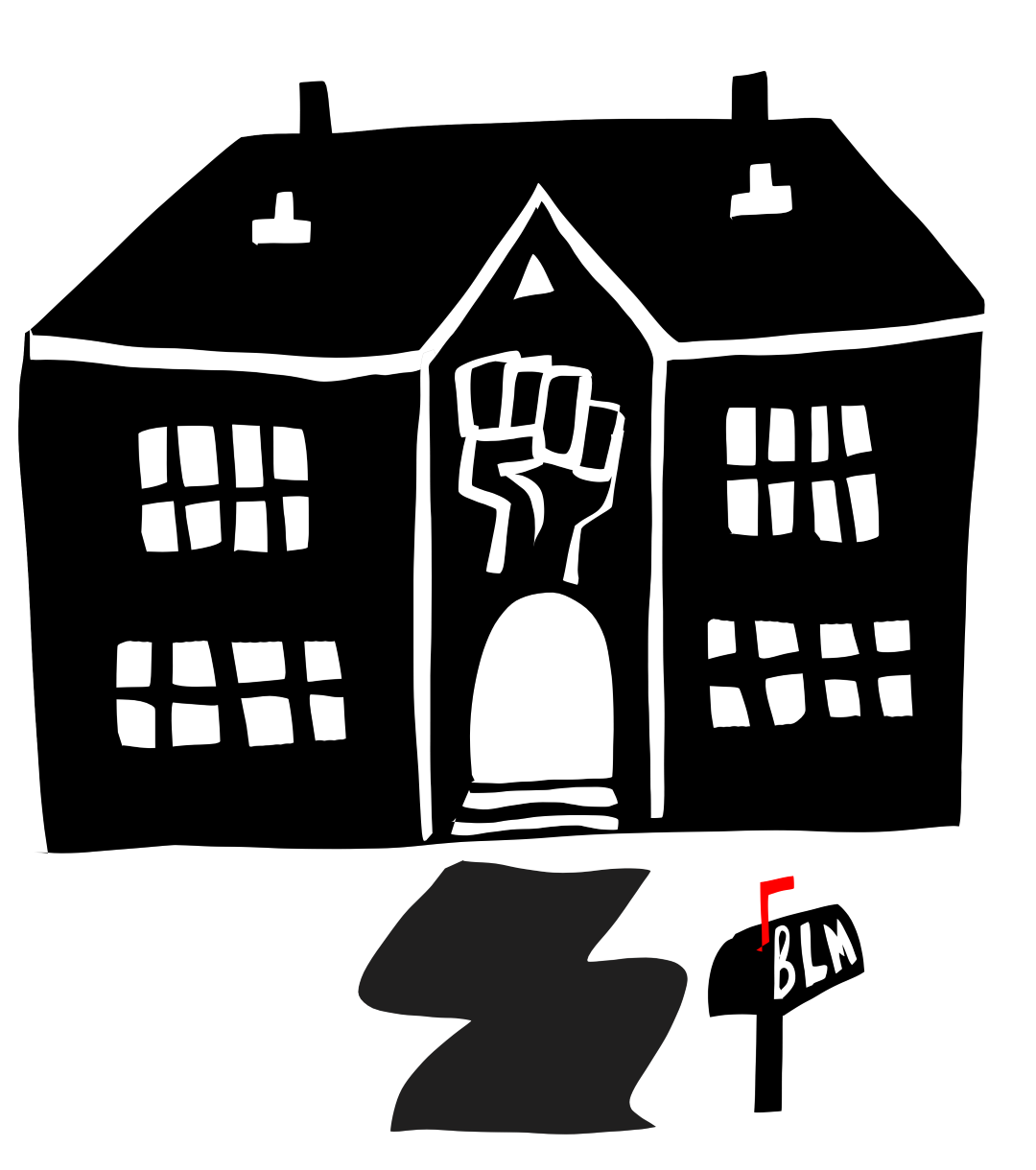
Let’s hope that’s not where all the BLM money went
By Matthew Fraser, Opinions Editor
In a February AP article, BLMGN admitted receiving over $90 million in 2020, but ‘The Economist’ puts their number at a little over $10 billion.
Last summer felt like everyone had just woken up to the evils and horrors that I had been seeing for years. The deaths of George Floyd, Breonna Taylor, and Ahmaud Arbery moved millions to the streets, but it was bittersweet to watch Black Lives Matter (BLM) explode into prominence. The way George Floyd’s last words echoed those of Eric Garner’s showed how little things change. A bystander’s camera meant nothing at all as both men had the breath choked out of them by the police who claimed to “serve and protect.” Their deaths were an old shock made new.
As I watched black squares flood timelines and #BLM sprout on everything from sidewalks and neighbourhood windows to Tinder profiles, I couldn’t help but feel a sense of uneasy vindication. I thought that maybe the unsolved murders of six Ferguson, Missouri organizers would be remembered and called into question. Maybe the tragic murder of Oluwatoyin Salau would not slip into the shadows, forgotten and unspoken. Maybe my longstanding skepticism of the BLM machine would be proved wrong. But as I watched and observed, as I talked to some of my friends, I realized that they hadn’t seen the splintering of BLM and the well-deserved criticisms that followed it. As I saw “anti-racism” sell like hot cakes and corporations throw their money behind it, I realized that my skepticism was no less deserved than I had imagined.
The problem with BLM has always been that it existed as three separate things using one name: the movement, which is the hashtag you see and the feeling of righteous indignation that is felt at the sight of racial injustice; the collectives that arise organically to address local problems; and finally, the corporation known as Black Lives Matter Global Network (BLMGN). When the feeling that drives the movement explodes into the streets, the local organizers often serve to channel the angers of the people to good deeds and community ends, while the corporate entity was meant to channel needed money and attention to the right places and facilitate improvements in the world. This is why so many BLM organizations erupt so quickly, exist so chaotically, and die just as fast. In a 2016 interview with USA Today, Patrisse Cullors (one of the three original founders of BLM) explained the decentralized organization by saying: “We don’t get the people onto the streets, they get themselves onto the streets.” But no matter how the people get to the streets, corporate Black Lives Matter still gets its share.
In a February AP article, BLMGN admitted receiving over $90 million in 2020, but The Economist magazine puts their number at a little over $10 billion. Imagine then my suspicion when a recent report by the New York Post outlined that Cullors had just purchased a 1.4-million-dollar house. This after owning three other homes worth a combined $1.8 million and looking into purchasing luxury property in the Bahamas worth an excess of $5 million.
Two things are worth mentioning at this point. The first being that Cullors’ wealth is quite possibly legitimate earnings from media deals she has recently signed. Though Cullors infamously referred to herself as a “Trained Marxist,” she has signed a book deal (yielding the best selling When They Call You a Terrorist) and a separate multi format media deal with Warner Brothers, both for undisclosed amounts. The second being that various local chapters of BLM have been claiming for years that the corporate entity has done nothing to aid them despite the immense stream of donations amassed. In late 2020, a collective of 10 local chapters broke away and attempted to expose Cullors and the corporate wing. When the BLM10 went public in outlining the years of neglect, they posted a short separation statement listing Cullors as a chief cause. So, though there are legitimate questions to be asked about where all of the BLM donations have gone and why the grassroots movement is so wanting, it’s also possible that Cullors has not herself stolen those donations.
Unfortunately, the fact that Cullors has turned activism into a multi-million-dollar house purchasing plan calls well-meaning donations into question for the 100th time. The fact that she is now some super-star activist with mansions dotting the country while police killings continue is an outrage. Neither her book deal, nor her media deal have moved the effort to end qualified immunity an iota either. Worse still, last year the FBI arrested a BLM leader named Sir Maejor Page for fraud after he spent $200,000 of BLM donations on himself, so even the local organizers must be regarded with caution. In the battle to end systemic racism, fundamental human greed may be a not so small enemy along for the ride.
We once learned to look skeptically at every cancer foundation and African well digging fund, sadly, so to must we mistrust our social justice movements. When the street level organizers who were supposed to be supported by corporate BLM are left wanting, the whole action becomes shaky. Given that the families of victims once represented by BLM have come out in force demanding the money raised on their trauma be delivered to communities or the families personally, the perversion of these houses becomes clearer. It’s a shame that not even the goodness that comes from pain can remain uncorrupted.


